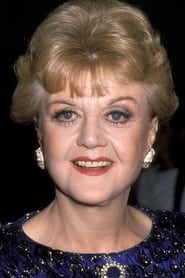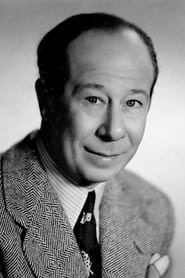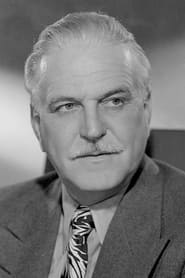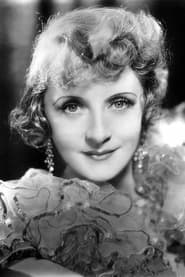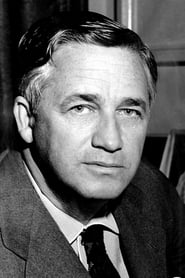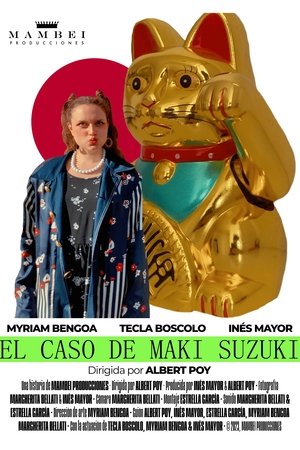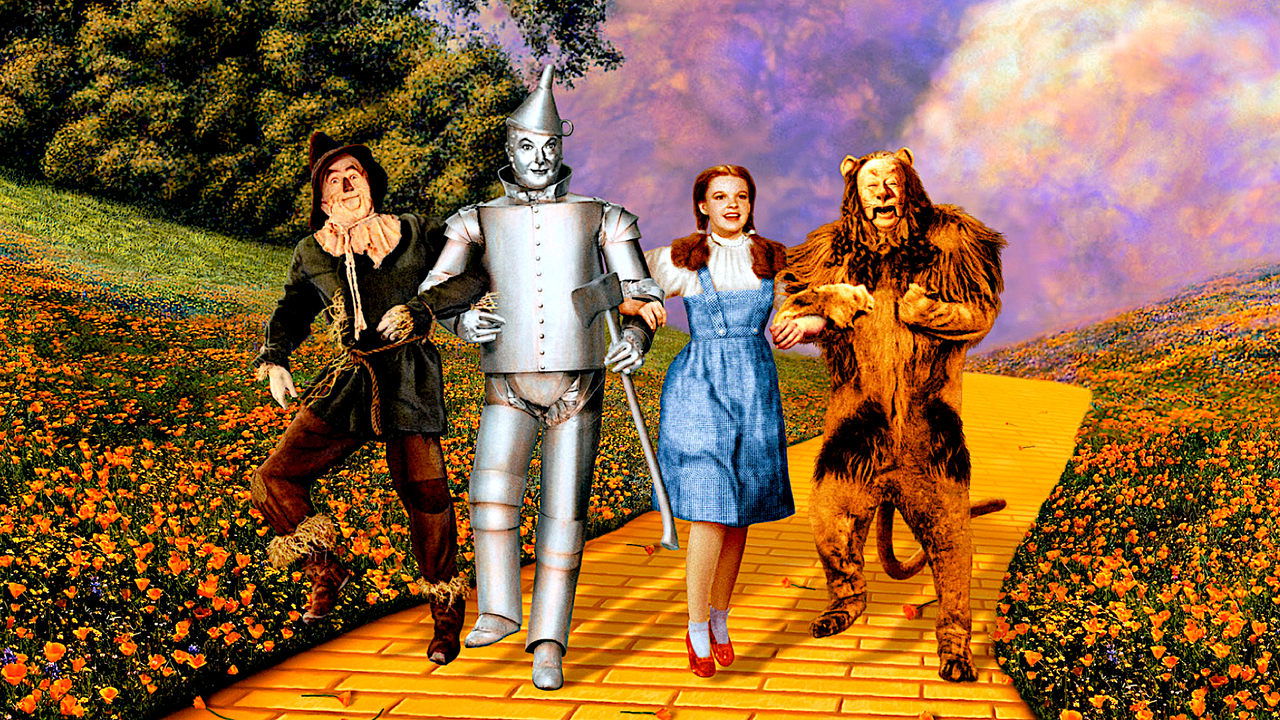

The Wonderful Wizard of Oz: 50 Years of Magic(1990)
Documentary about the making of the 1939 MGM classic film The Wizard of Oz. Includes interviews of cast and crew members, their families and fans of the film.

Movie: The Wonderful Wizard of Oz: 50 Years of Magic
Top 10 Billed Cast
Self (archive footage)
Video Trailer The Wonderful Wizard of Oz: 50 Years of Magic
Recommendations Movies
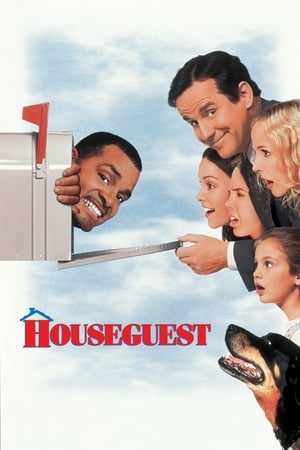 5.5
5.5Houseguest(en)
In hot water with the mob over an unpaid debt, a con man poses as a family friend in an affluent Pennsylvania suburb.
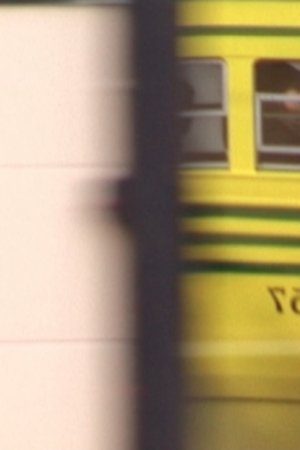 5.7
5.7way(en)
San Francisco filmmaker Konrad Steiner took 12 years to complete a montage cycle set to the late Leslie Scalapino’s most celebrated poem, way—a sprawling book-length odyssey of shardlike urban impressions, fraught with obliquely felt social and sexual tensions. Six stylistically distinctive films for each section of way, using sources ranging from Kodachrome footage of sun-kissed S.F. street scenes to internet clips of the Iraq war to a fragmented Fred Astaire dance number.
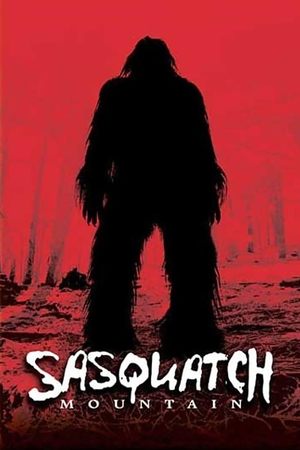 5.0
5.0Sasquatch Mountain(en)
A lonely tow-truck driver gets caught in a deadly struggle between a pair of bank robbers with a beautiful hostage, local cops, and a monster that has come down from the Arizona mountains to eat human flesh.
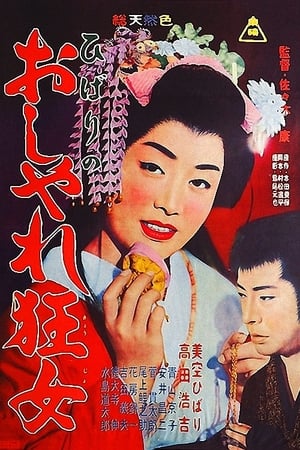 6.0
6.0Hibari is Fashion Crazy(ja)
Under a decree by the Shogun, people of all classes are forced to lead a frugal lifestyle. However, Omitsu, a woman who is thought to have gone insane after the sudden death of her father, openly disobeys this order and goes around town fancifully dressed. Unknown to all around her, Omitsu is merely acting, using her perceived madness to roam around town conducting her own secret investigation into her father's death. Will her skillful ruse help her to reveal the truth?
Pull Down the Curtain, Susie(en)
It's clearly set in a studio set and people are walking about on the "street" in front of a window. A woman enters the window frame, and pulls off her blouse, then a couple of other items of undergarments, while a young man pauses to look. At this point, as the title indicates, she pulls down the blinds.
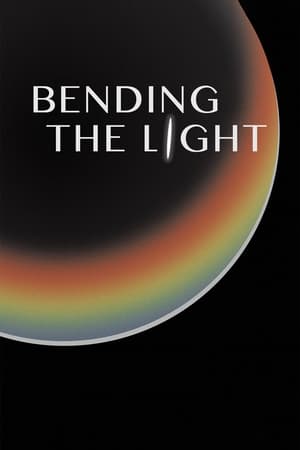 3.5
3.5Bending the Light(en)
From acclaimed director Michael Apted (The Up Series, Masters of Sex, The World is Not Enough) comes a revealing look at the art of filmmaking and photography. A journey of glass, the documentary explores the relationship between the artisans who create camera lenses and the masters of light who use these lenses to capture their beloved art form. Bending the Light features never-before-seen footage from inside a premier Japanese lens factory, intimate interviews with lens engineers, and a peek into the world of award-winning photographers and cinematographers Stephen Goldblatt, ASC, BSC, Greg Gorman, Simon Bruty, Laura El-Tantawy, and Richard Barnes.
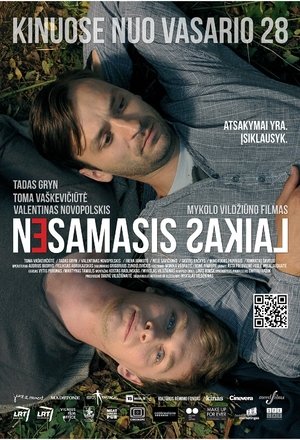 8.0
8.0Non-Present Time(lt)
A young man's confusion in present times. The protagonist is looking for answers to questions that are relevant to many of his peers, coming of age in between a nostalgic socialist childhood and ideas pushed by a young democracy, relentlessly rushing forward.
The Traces of Light(fa)
The Traces of Light (Persian: رد پاي نور) is a 1996 Iranian drama film written and directed by Hossein Shahabi (Persian: حسین شهابی)
 8.0
8.040 Years Montreux Jazz Festival(de)
Montreux Jazz celebrates its 40th birthday with a 16-day Festival featuring numerous striking events. Among these, a tribute to the Ertegün brothers, founders of Atlantic Records, an evening gathering Robert Plant, Stevie Nicks, Chic, Kid Rock, Ben E. King as well as Les McCann together in a single set. Another world exclusive involves two special Carlos Santana projects around Africa and the Blues with Herbie Hancock, Beverley Knight, Irma Thomas, the Neville Brothers and Taj Mahal. Among the other highlights are B.B. King's only European concert, Charles Lloyd's concert at the Casino as well as the performances of Diana Krall, Bryan Adams, Gladys Knight, Donovan, Massive Attack, The Strokes, Randy Newman, Ornette Coleman and Sting.
The White Box(en)
The White Box is coming, the government is on lock-down and their diplomat has vanished. On the ground a single agent races against the clock to find out if they are facing Scenario A or Scenario B - either means the end of the world as we know it but only one is a positive answer for mankind.
 8.7
8.7NJPW G1 Climax 29: Day 6(ja)
The sixth night of the 29th edition of the G1 Climax featuring B Block matches. Taking place at the Korakuen Hall in Koraku, the show is headlined by Tomohiro Ishii vs. Jon Moxley.
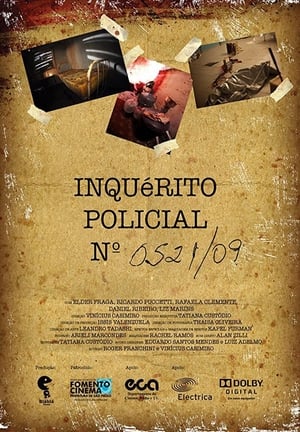 6.0
6.0Inquérito Policial nº 0521/09(en)
This 12-minute Brazilian short film employs the found footage style in a slightly different way. The film is presented as a merge of two separate files extracted from the police archives in Sao Paulo, Brazil. On the first one, two policemen talk to each other, while watching and analysing images captured by surveillance cameras that shows a woman being stabbed to death by a couple, just before the two aggressors get killed by a mysterious man that shows up at the place. The second portion of the movie shows the intriguing facts that happen during a police raid on the apartment where the suspect of killing the previous couple lives.
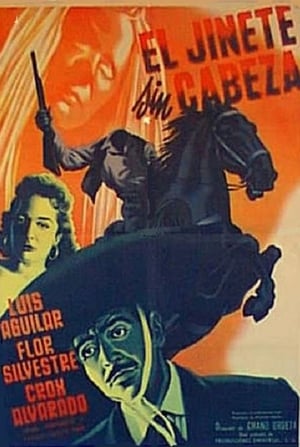 4.9
4.9The Headless Rider(es)
A mute phantom hero takes on skull-masked killers, a disembodied living hand and a corpse that won't stay in its grave. This is the first in a trilogy of horror/western hybrids that also includes the films La marca de Satanás ("The Mark of Satan") and La cabeza de Pancho Villa ("The Head of Pancho Villa").
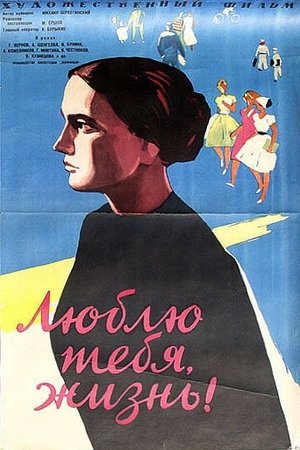 7.0
7.0I Love You, Life(ru)
Timofej Korneev is a fresh member of the Communist Party. He works as an engineer for Leningrad candy factory. Since most of its colleagues are young girls he soon finds himself in a love triangle. Moreover, there's a third girl trapped by a scheming Jehovah Witnesses sect. Will Timofej be able to stop the brainwashing?
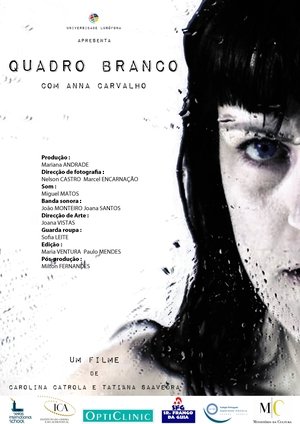 10.0
10.0Quadro Branco(en)
In a world where society is controlled by a totalitarian regime and children are the tool of ideological formatting, Isa realizes that her child is different from the others and that this will bring consequences to her life.
 10.0
10.0Bitter Chocolate(en)
Bitter Chocolate is the story of an intelligence policeman who is deceived by a girl named Roya and loses his confidential information. Eventually, the police, with the help of their colleagues, give the wrong information to the spies. This film depicts the threats of cyberspace.
Similar Movies
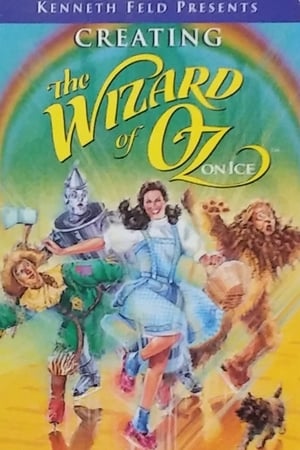 10.0
10.0Creating The Wizard of Oz on Ice(en)
Behind the scenes in the making of “The Wizard of Oz on Ice”.
The Whimsical World of Oz(en)
A promotional piece for the Disney film "Return to Oz", that also traces the history of the Oz books and films.
To Oz! The Making of a Classic(en)
A look into how L. Frank Baum's classic novel was transformed into one of the most beloved films of all time including archival interviews, behind-the-scenes footage, and rare musical outtakes.
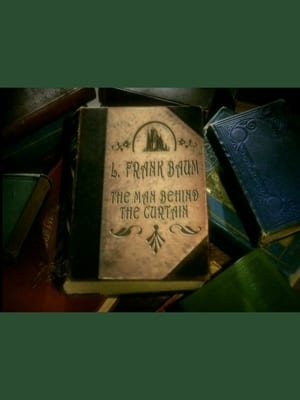 6.0
6.0L. Frank Baum: The Man Behind the Curtain(en)
A featurette on L. Frank Baum, author of The Wonderful Wizard of Oz and other children's books.
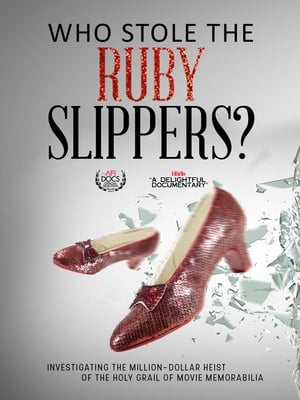 6.0
6.0Who Stole the Ruby Slippers?(en)
A classic Hollywood whodunnit mystery. “Who Stole the Ruby Slippers?” is an investigative look into the 2005 theft of an original pair of ruby slippers worn by Judy Garland in the classic film “The Wizard of Oz”.
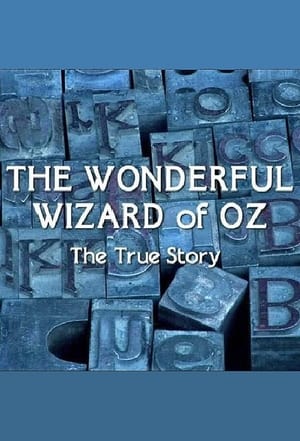 7.0
7.0The Wonderful Wizard of Oz: The True Story(en)
This iconic American story was written in 1900 by L Frank Baum, a Chicago businessman, journalist, chicken breeder, actor, boutique owner, Hollywood movie director and lifelong fan of all things innovative and technological. His life spanned an era of remarkable invention and achievement in America and many of these developments helped to fuel this great storyteller's imagination. His ambition was to create the first genuine American fairytale and the story continues to fascinate, inspire and engage millions of fans of all ages from all over the world. This documentary explores how The Wonderful Wizard of Oz has come to symbolise the American Dream and includes previously unseen footage from the Baum family archives, still photographs and clips from the early Oz films, as well as interviews with family members, literary experts and American historians as it tells the story of one man's life in parallel to the development of modern America.
The Slippers(en)
THE SLIPPERS pulls back the Wizard’s curtain on the unbelievable story and cultural impact of Dorothy's Ruby Slippers from The Wizard of Oz. Through first-hand accounts and archival interviews, THE SLIPPERS will detail the life of the Ruby Slippers after their sale at the famed 1970 MGM auction. Discovered by costumer Kent Warner, it is unclear how many pairs were found and how many pairs exist. That mystery has only helped to propel the shoes to the forefront of the Hollywood memorabilia market. They have been bought, stolen, and coveted by many. They are considered the most important piece of Hollywood memorabilia and the catalyst for the creation of Hollywood memorabilia collecting.
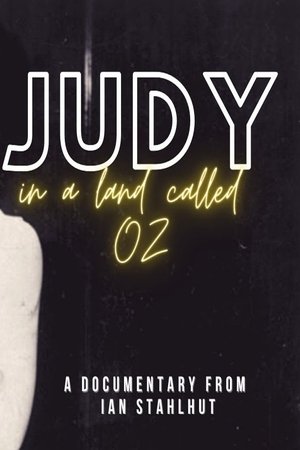 5.0
5.0Judy in a Land Called Oz(en)
Ian Stahlhut's 1992 documentary of Judy Garland's 1964 Australian Tour.
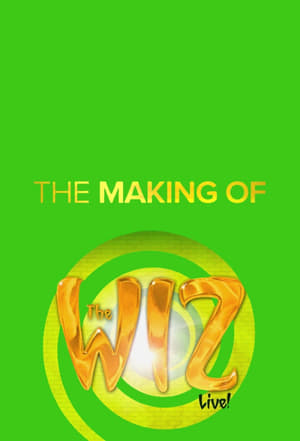 0.0
0.0The Making of the Wiz Live!(en)
Go behind the curtain in The Land of Oz with NBC's "The Making of The Wiz Live!" The hour-long special will give an exclusive backstage look at this highly anticipated television event.
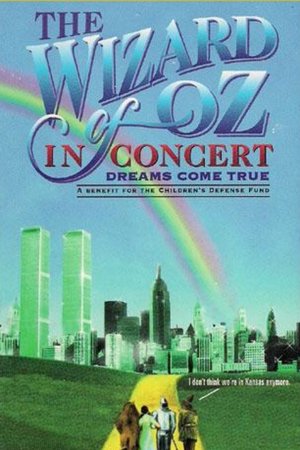 6.5
6.5The Wizard of Oz in Concert: Dreams Come True(en)
This production consists an abbreviated script and highlights most musical numbers from the 1939 film.
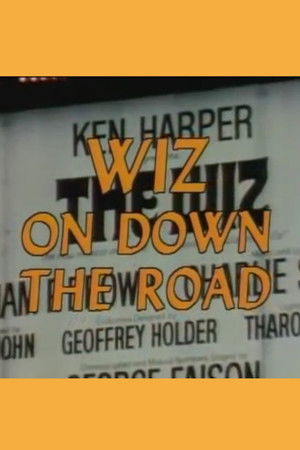 5.0
5.0Wiz on Down the Road(en)
A short promotional film on the making of “The Wiz” (1978). Includes a brief history of Oz portrayals in film and behind the scenes interviews.
A Tale of Two Sisters - Lorna Luft and Liza Minnelli(en)
Documentary which aired on television in 2004, about the two daughters of Judy Garland and their relationship.
The Wizard of Malta(en)
Douglas Davis presents his interpretations of The Maltese Falcon (1941), The Wizard of Oz (1939), and Napoleon in the triptych style of the finale of the Abel Gance version of the latter.
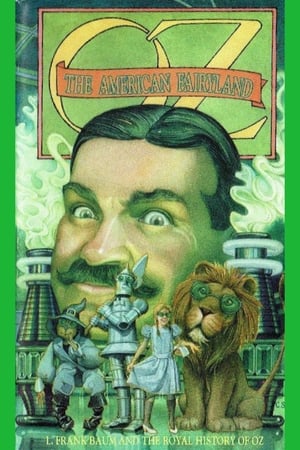 0.0
0.0Oz: The American Fairyland(en)
The first part tells of the life and works of L. Frank Baum, along with his career as a writer and filmmaker, centering on the creation of Oz. This portion continues with the effect of Oz after his death, with novelties, dolls, radio, stage, and screen adaptions, and advertising gimmicks based on his work, culminating with MGM's Wizard of Oz (1939). While discussing some of the major alterations between the book and the film, such as MGM making Baum's real-life adventure a dream. The second half is about interpretation of Oz by other artists, including Helen Kish, Barry Moser, Barry Mahon, Evelyn Copelman, Robert Tonner, Robin Woods, Michael Hague, Lizbeth Zwerger, Pavel Arsyenov, and Charles Santore. The documentary concludes with an analysis of Baum's work and its profound effect on American culture.
 0.0
0.0In Search of Oz(en)
BBC 2 produced this documentary on the Oz books of L. Frank Baum and the films and fantasies that they inspired, particularly the first book `The Wonderful Wizard of Oz'. Includes clips from the several silent film versions of the stories produced by Baum that have survived as well as the 1939 film with Judy Garland, and interviews with such enthusiasts as Salman Rushdie, Gore Vidal, Ray Bradbury, Geoffrey Ryman and Nora Ephron.
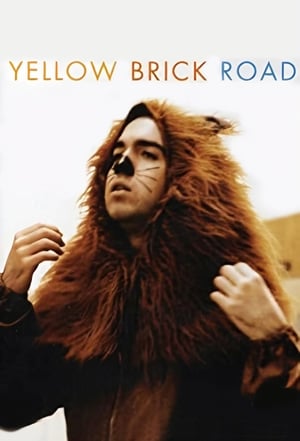 5.2
5.2Yellow Brick Road(en)
A group of disabled actors prepare for and perform a one night only performance of The Wizard of Oz.
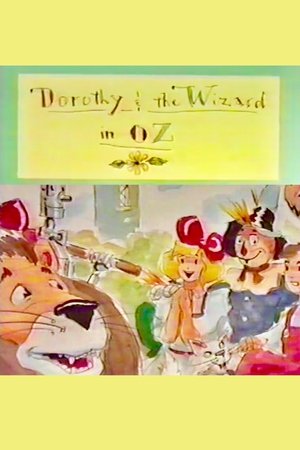 0.0
0.0Dorothy & the Wizard in Oz(en)
At the 1991 Winkie and Munchkin Conventions, part of the programs was the 1948 Capitol Records audio-only adaptation of “Dorothy and the Wizard in Oz”. Rather than just have people listen to it, Oz artist and animator Robert Roy MacVeigh provided a large number of watercolor paintings. To preserve MacVeigh’s wonderful slideshow, the presentation was put on videotape posthumously in 1993. In this adaptation Dorothy, the Wizard, cousin Zeb, Jim the Horse, and Dorothy’s cat, Eureka, have an adventure throughout some of the surrounding countries of Oz.
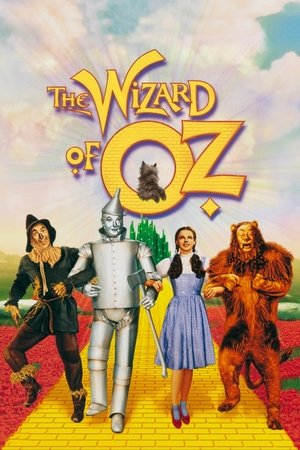 7.6
7.6The Wizard of Oz(en)
Young Dorothy finds herself in a magical world where she makes friends with a lion, a scarecrow and a tin man as they make their way along the yellow brick road to talk with the Wizard and ask for the things they miss most in their lives. The Wicked Witch of the West is the only thing that could stop them.
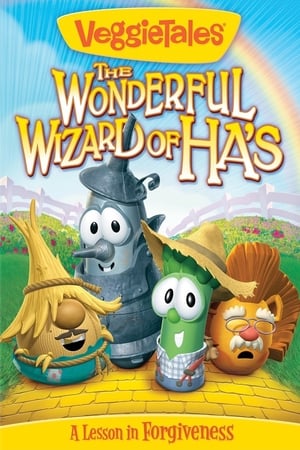 6.0
6.0VeggieTales: The Wonderful Wizard of Ha's(en)
Meet Darby (Junior Asparagus), the son of a Kansas floss farmer who, more than anything else in the world, just wants to have fun. When he learns about the Wonderful Land Of Ha's - an amusement park with all the fixin's - and its mysterious Wizard who promises to make his dreams come true, Darby is determined to go. But when his father tells him he's needed to help with the harvest, Darby decides that nothing is going to stop him and he makes a choice that will change his life forever. With his pet dog Tutu by his side, Darby flees the farm and sets off to find the Wonderful Land Of Ha's. Along the way he meets a bored scarecrow (Mr. Lunt), a tin man (Larry the Cucumber) who wants to ride roller coasters and a lion (Pa Grape) that craves cotton candy. Each with their own dreams, they set off to see the Wizard.
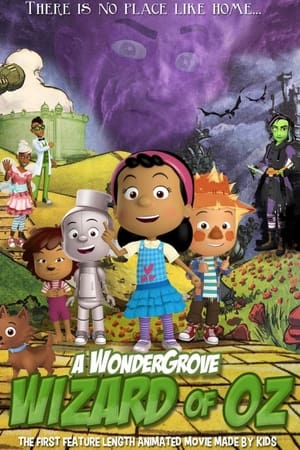 0.0
0.0The WonderGrove Wizard of Oz(en)
Dorothy has anxiety about transitioning from elementary school to middle school. Her journey to Oz and her desire to get back home forces her to confront her anxieties and come to realize that with the support of her family and friends and by applying her brains, her heart and courage she will always flourish.
